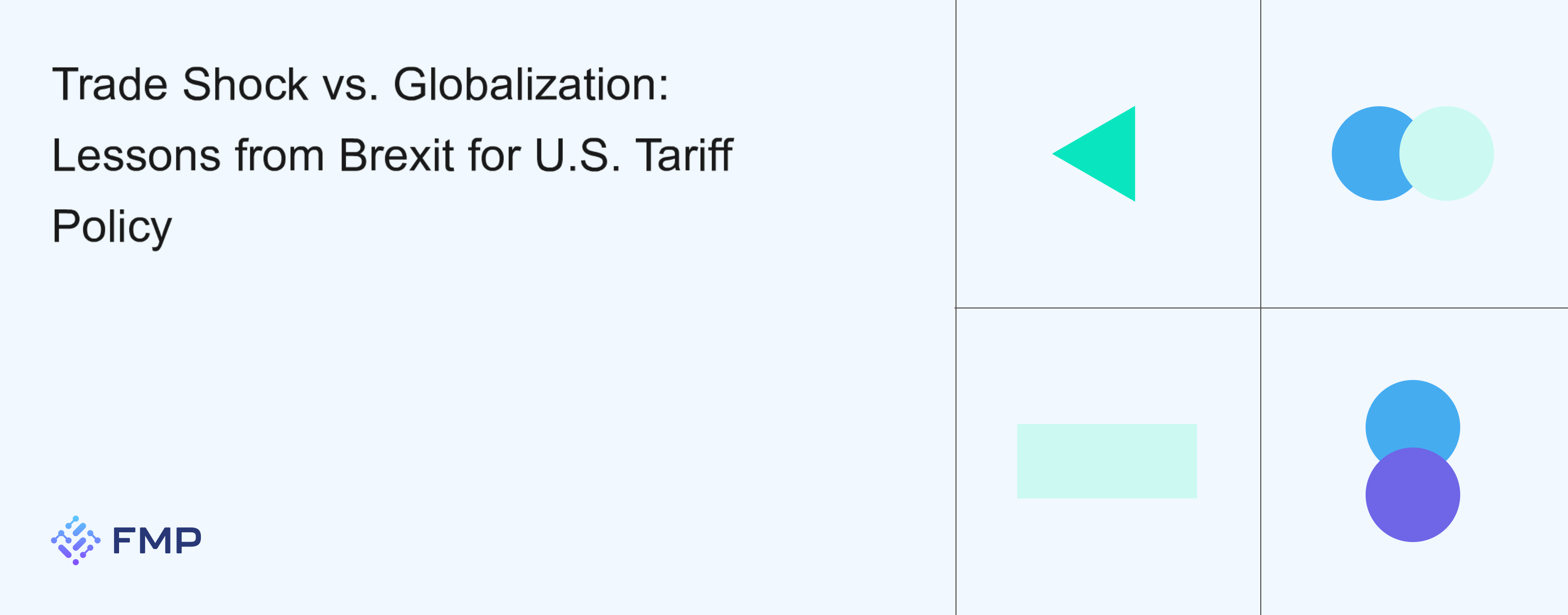
As President Trump touts his “stick-and-carrot” trade approach as an economic masterstroke, JPMorgan economists caution that the U.K.’s post-Brexit journey illustrates the hidden costs of turning away from globalization. A closer look at Britain’s experience reveals structural headwinds that can unfold long after headline-grabbing announcements.
Brexit’s Temporary Bounce and Underlying Shock
Short-Term Resilience: After the 2016 referendum, global growth doubled U.K. export volumes—even before formal EU exit—masking deeper challenges.
Exports grew 5%, buoyed by intact trade terms during protracted negotiations.
GDP and surveys saw a modest rebound, prompting the Bank of England to cut rates and resume quantitative easing.
Domestic Impact: Behind the scenes, however, three structural channels began to erode Britain’s economic potential.
Three Channels of Structural Damage
1. Trade Intensity Erosion
U.K. goods trade now sits 15% below its pre-Brexit trajectory, and manufacturing’s share of GDP has shrunk to 9%. Disrupted supply chains and higher non-tariff barriers have deterred both exports and inward production.
2. Labor-Supply Squeeze
Work-related immigration from the EU plunged from 0.4–0.5% of population pre-vote to 0.1% by 2021. Chronic labor shortages have fueled wage pressures and hiked service-sector inflation, mirroring risks the U.S. faces under restrictive visa regimes.
3. Investment Hiatus
Business capex lagged peers by 15% by 2019, and hourly productivity growth collapsed from 2.2% (1997–2006) to –0.3% (2022–24). Uncertainty over market access stifled long-term spending—an outcome that U.S. firms may mirror if tariffs remain elevated.
Implications for U.S. Trade Policy
President Trump’s recent tariff cuts—moving from 145% to 30% on Chinese imports and a reciprocal drop to 10% on U.S. goods—offer a reprieve, but they also constitute a shock to the global trading regime with far-reaching effects.
Margin Pressure: U.S. firms reliant on cross-border inputs could see squeezed profitability.
Inflation Dynamics: Imported inflation may prove sticky, complicating the Fed’s dual mandate.
Investment Decisions: Elevated policy uncertainty may dial back corporate capex, echoing the U.K.’s multi-year investment shortfall.
To track upcoming trade deadlines, tariff review windows, and Fed speaking events that could shift the outlook, investors can use the Economics Calendar API, which lists all key policy dates in real time.
Conclusion
Britain’s post-Brexit story shows that headline-driven trade actions can deliver temporary relief but mask enduring structural damage in trade flows, labor markets, and investment. As the U.S. charts its own path away from globalization, the U.K. example underscores the importance of weighing short-term gains against long-term economic health.

